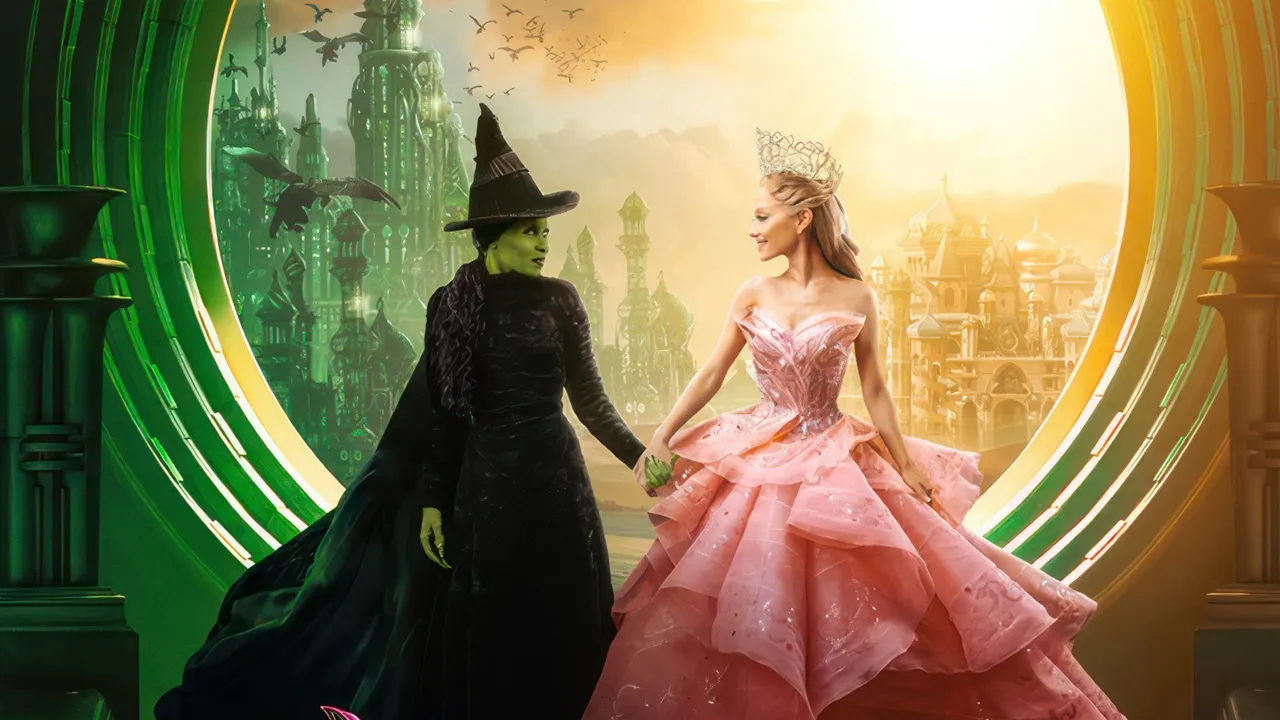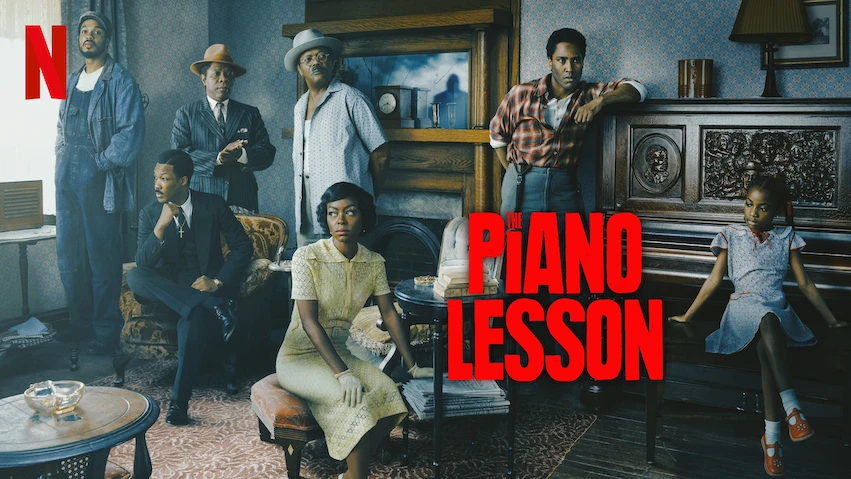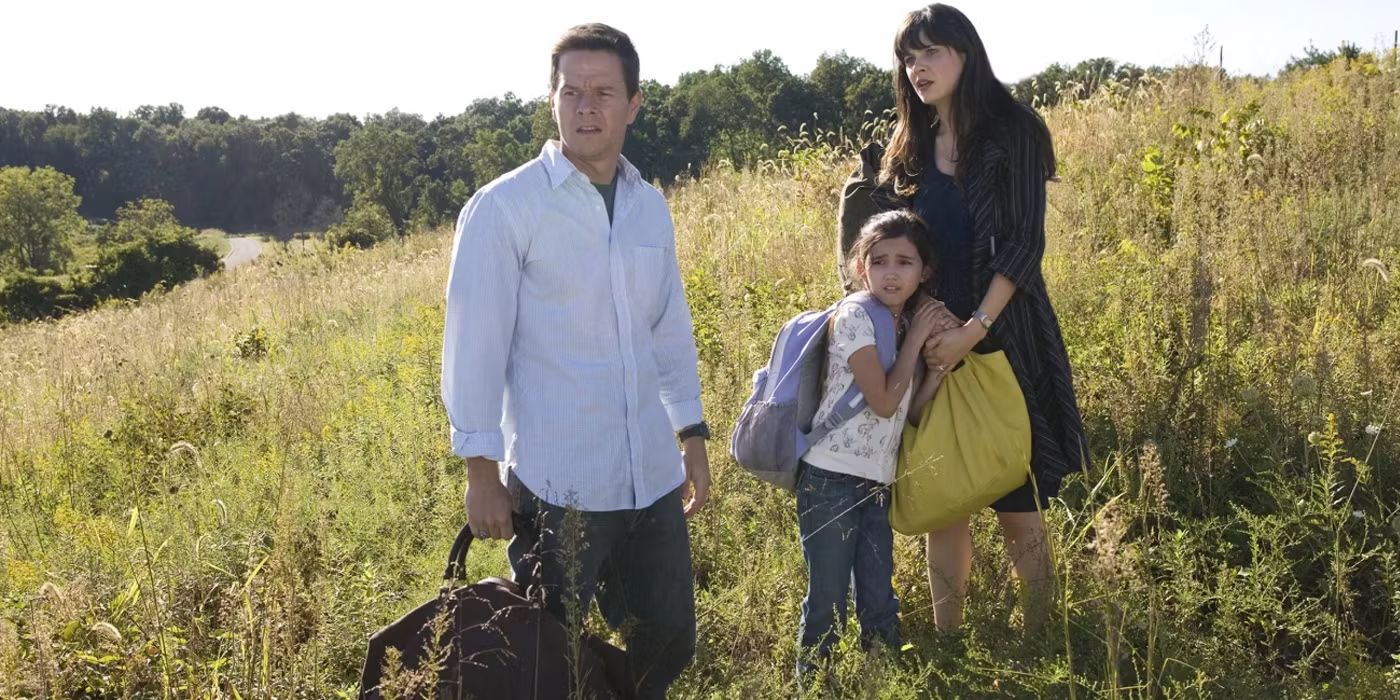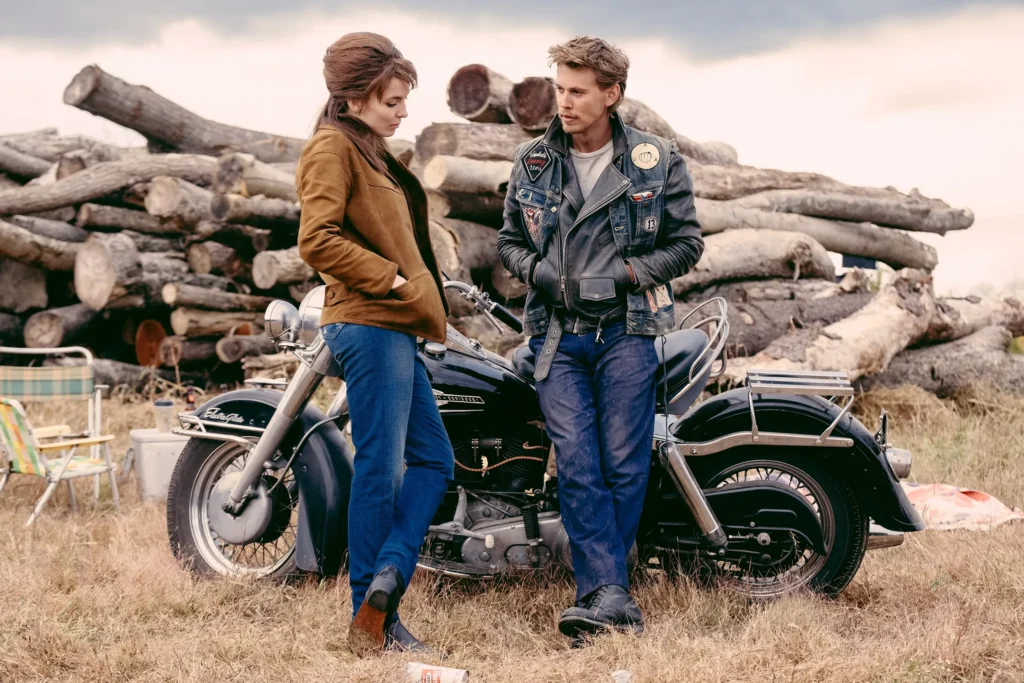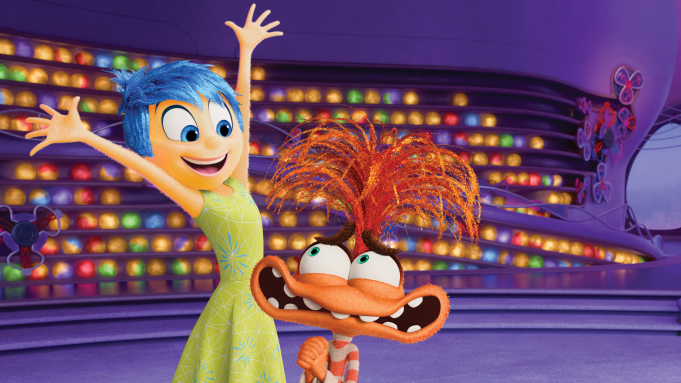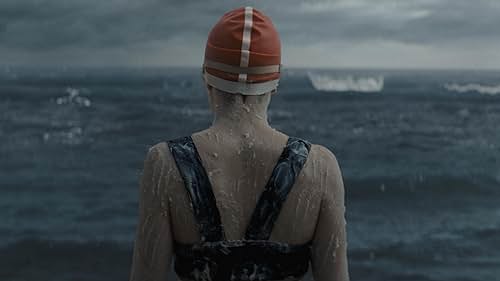Thelma
Posted on June 20, 2024 at 9:34 pm
B +| Lowest Recommended Age: | High School |
| MPAA Rating: | Rated PG-13 for language |
| Profanity: | Strong language for a PG-13 |
| Nudity/ Sex: | None |
| Alcohol/ Drugs: | Alcohol |
| Violence/ Scariness: | Some peril and violence |
| Diversity Issues: | A theme of the movie |
| Date Released to Theaters: | June 21, 2024 |
It is a joy to watch “Thelma,” inspired by the love writer/director Josh Margolin has for his own Thelma, his now-103-year-old grandmother we get a glimpse of over the closing credits. And it is a joy to watch 95-year-old June Squibb, the best thing in too many movies, in a first-time lead role, and a lead role in an action movie to boot. Squibb gives a performance of endless charm and wit as a loving grandmother who gets scammed and then deliciously, hilariously, and very satisfyingly, gets revenge.
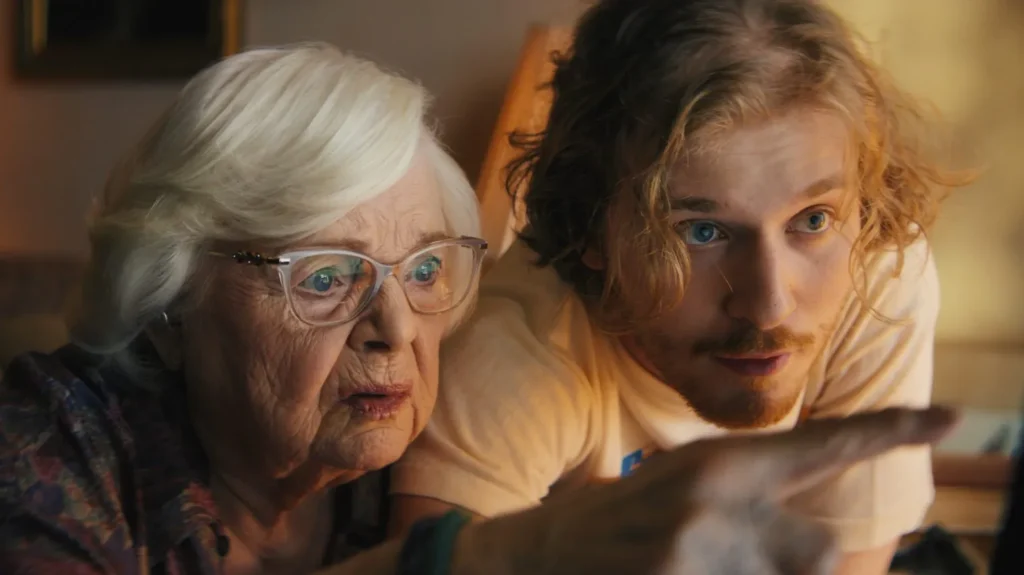
Thelma and her grandson Daniel (Fred Hechinger) have a warm, loving relationship. We first see him in the classic grandchild role of guide to computers and the internet, with endless patience and good humor. They are very comfortable together and show tender concern for one another, but they are not always honest. Each wants the other to think they are busier and more secure than they really are. Before he leaves, he insists she put on a life alert, which she removes after he’s gone. And she assures him she has plenty to do, but she does not.
The real Thelma got one of those scam calls from someone pretending to be her grandson, saying he was in jail and needed cash to bail him out and her family stopped her before she sent any money. But the movie Thelma gets so upset she races to the post office with cash in an envelope and mails it. When she finds out she has been tricked, she is determined to get her money back.
This requires her to visit two friends, first a retirement home to visit Ben (a charming Richard Roundtree in his final role), an old friend who has a romantic interest in her that she does not reciprocate. He does have something she wants, though, a scooter, which she will need to get around. He insists on coming with her, even though he is starring as Daddy Warlocks in “Annie” at the retirement home that night. Together they visit Mona (a sweetly dotty Bunny Levine), who has a gun in a box on top of an armoire in her bedroom. Ben has to distract her and Thelma has to figure out a way to reach it.
And then they’re off, on the motorized scooter, for a wild adventure that I will not spoil, except to say that her determination and quick thinking are great fun. This is an action movie where the vehicle’s top speed is 25 mph and does not go very far before it needs to be recharged. When Thelma and Ben do the classic action movie slo-mo walk away from an explosion, it’s not because they are tough and cool; it’s probably because they are hard of hearing and do not know it happened. And yet, it is genuinely exciting. You want to argue with me that it is not realistic? Dude, it is as realistic as a street racer flying a car out of a skyscraper and disarming bombs or a hotel that caters only to assassins.
Squibb, who did some of her own stunts, uses every wrinkle on her face to show us Thelma’s fierce independence, love for her grandson, her refusal to give up on her money, or her justice, and her determination to prove that she can take care of herself. Parker Posey and Clark Gregg as Thelma’s daughter and son-in-law and Daniel’s parents are terrific as the middle of the concern sandwich and Malcolm McDowell is most welcome as another wily senior.
This is everything you’d hope from a festival favorite, smart, fun, funny, and heartwarming. I’d love to see a sequel. There are a lot of scammers out there and not enough Thelmas or Squibbs.
Parents should know that this movie includes strong language for a PG-13, con artists, some peril, references to and depictions of ailments and predicaments of the elderly, a gun, an explosion, and family stress
Family discussion: Why don’t we see more movies about elderly people? Why is Daniel so close to Thelma? Ask the older relatives in your family about their adventures.
If you like this, try: “Lucky Grandma”

